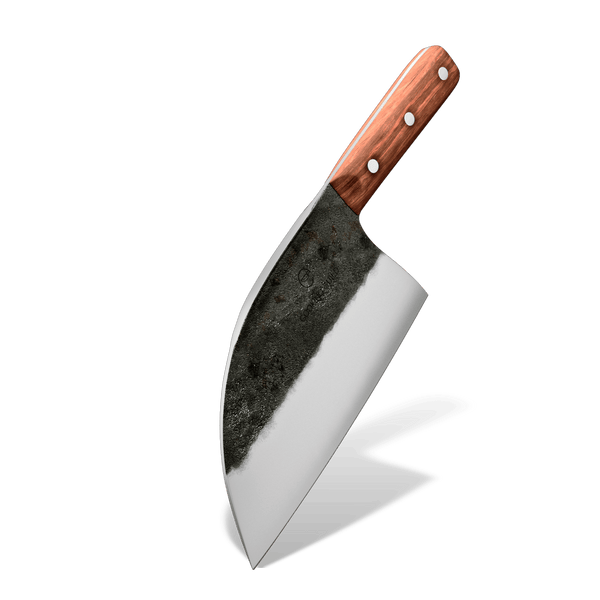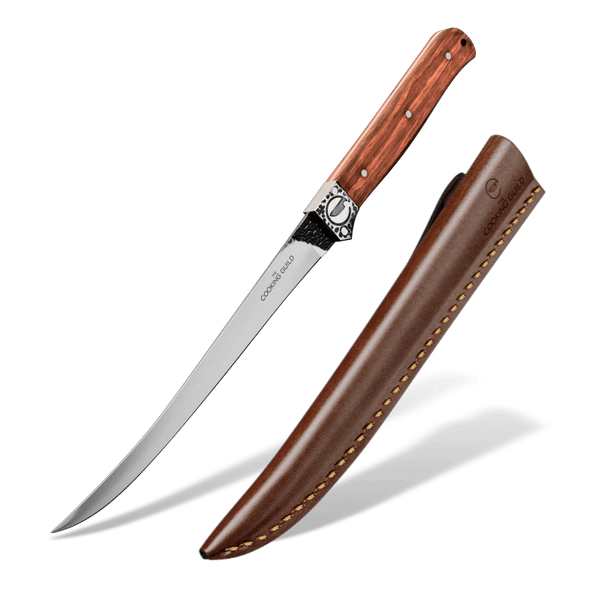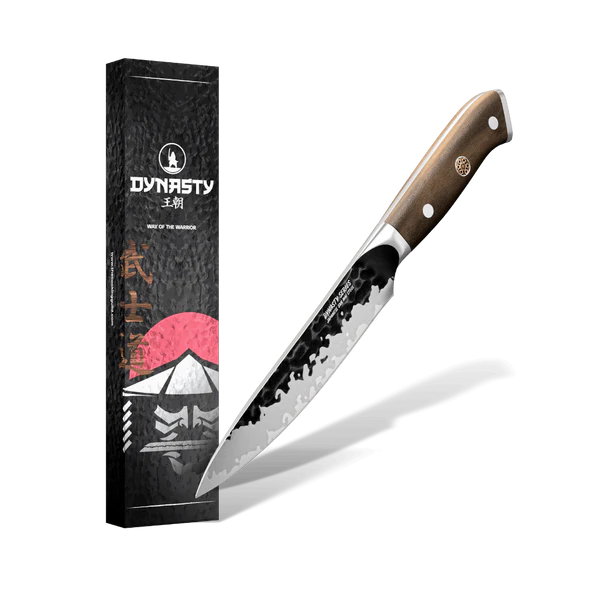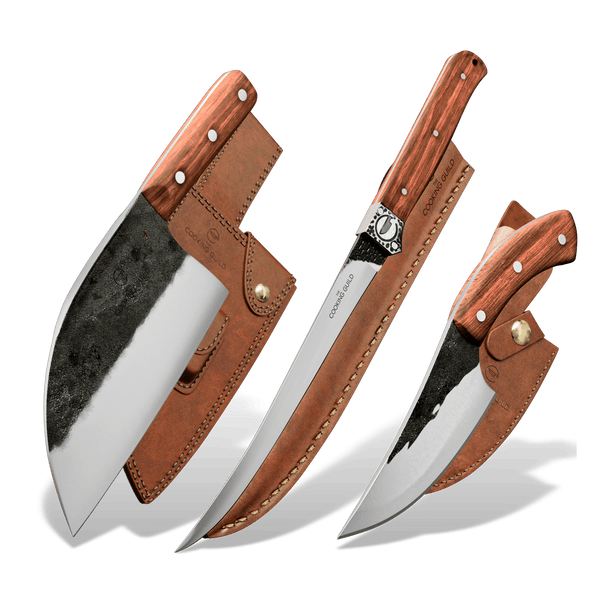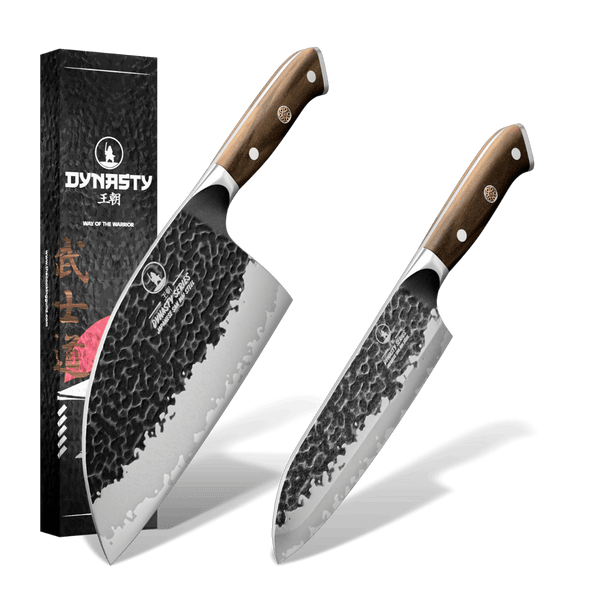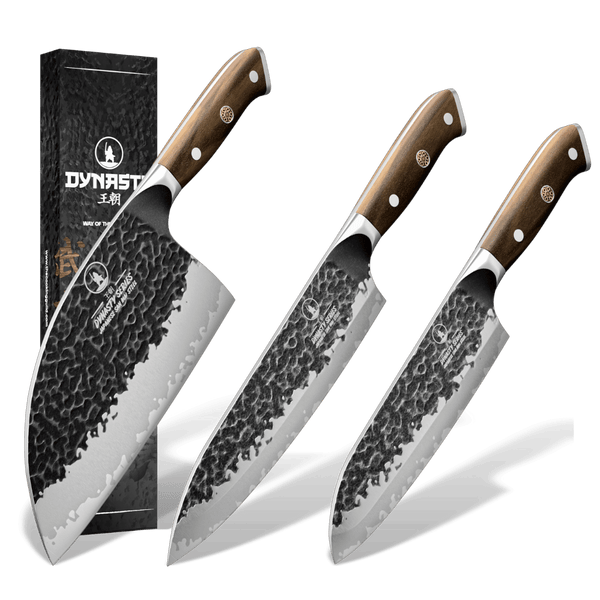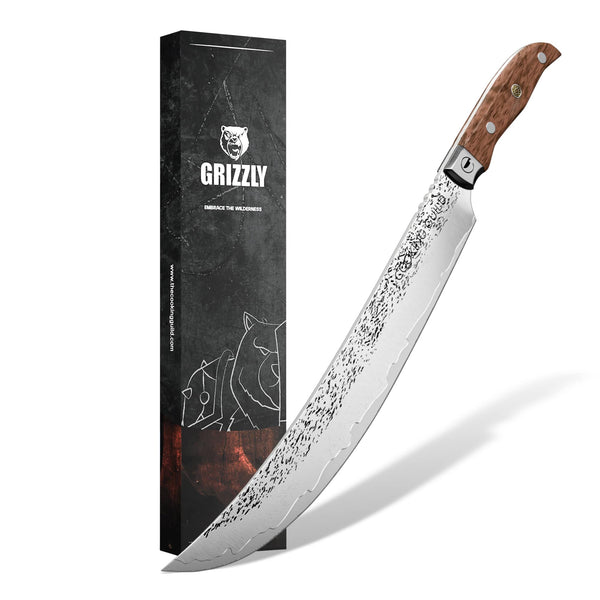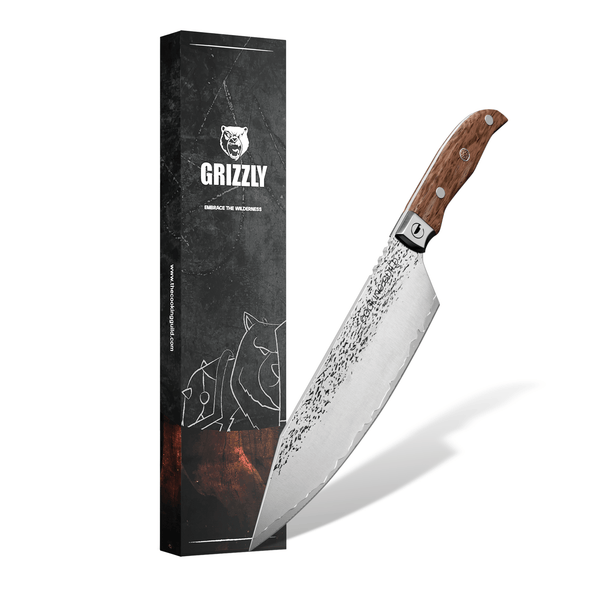You Don’t Need a Culinary Degree—Just the Right Knife
Let’s be real. We all dream of slicing into a roast or chopping veggies with the ease and swagger of a pro chef. And while there’s no shortcut to knife skills (practice, people!), having the right knife in your hand is half the battle.
Whether you’re prepping for date night, a family dinner, or just want your meal prep to look less like a crime scene—this guide is for you.
Why Knife Choice Actually Matters
That tomato you just squished instead of sliced? Or the chicken breast that shredded instead of filleted? It’s not you—it’s your knife.
Each knife has a specific role in the kitchen. Use the right one, and suddenly cooking becomes smoother, safer, and way more satisfying. It’s the difference between meh and wow.
5 Ways to Get Restaurant-Quality Cuts at Home
1. Use the Right Knife for the Task
Think of knives like tools in a toolbox. You wouldn’t use a hammer to tighten a screw, right?
-
Chef’s Knife: Great for general slicing, dicing, and chopping.
-
Bunka or Santoku: Ideal for precision work and vegetables.
-
Fillet Knife: Perfect for trimming fat, skinning fish, or deboning.
-
Cleaver: For heavy-duty jobs like ribs or thick root veg.
👀 Pro tip: Don’t just default to the same old knife. Match your knife to the ingredient, and you’ll get better results with less effort.
2. Keep It Razor Sharp
A dull blade is the enemy of clean cuts (and your fingers). You should be able to slice through a tomato without squashing it.
-
Hone your knife regularly to maintain the edge.
-
Sharpen it professionally or with a sharpening stone every few months (more if you cook a lot).
-
Or keep a Nomad Series Honing Steel nearby for a quick refresh between tasks.
3. Let the Knife Do the Work
You don’t need to press down like you’re splitting firewood. A sharp, quality knife should glide through with minimal pressure. Hold it with confidence, use a proper grip, and let the weight of the blade do its thing.
4. Master the Rock and Chop
The secret to chef-level chopping? Learn the rocking motion. For curved blades like the Grizzly 8” Chef Knife, keep the tip of the blade anchored on the board and rock through your ingredients.
Flat-profile blades like a Santoku or Nakiri are perfect for up-and-down chopping—just lift and press.
5. Use a Good Cutting Board
Yes, your cutting board matters! A stable, wooden board protects your knives and gives you a smooth surface to work on. Avoid glass or stone boards—they’ll dull your blade fast.
Knife Recommendations to Level Up Your Cuts
Here are some Cooking Guild favorites that’ll turn your prep into a performance:
🔪 ONYX II 8" Chef Knife

-
Blade: 67-layer Japanese Damascus steel
-
Handle: G10 Black Fiberglass, full tang
-
Why it’s great: This is your go-to for everything from dicing onions to carving steak. Balanced, sharp, and built to last.
Shop Now
🔪 Kaiju 7” Bunka Knife

-
Blade: San Mai Steel with Hitachi SLD core
-
Tip: Sharp K-tip for intricate slicing
-
Why it’s great: Perfect for ultra-clean cuts on veg, herbs, and even proteins. Precision meets personality.
Shop Now
🔪 Bushcraft Fillet Knife

-
Blade: High-carbon Damascus steel
-
Design: Flexible and ultra-sharp
-
Why it’s great: Ideal for trimming fat, portioning fish, or gliding along bones with ease.
Shop Now
You’ve Got This, Chef 🧑🍳
Cooking at home doesn’t have to mean cutting corners—literally. With the right knife in your hand and a few basic techniques, you can create meals that look (and feel) restaurant-worthy. So treat yourself to a better blade, slow down, and enjoy the process. Your food—and your fingers—will thank you.
